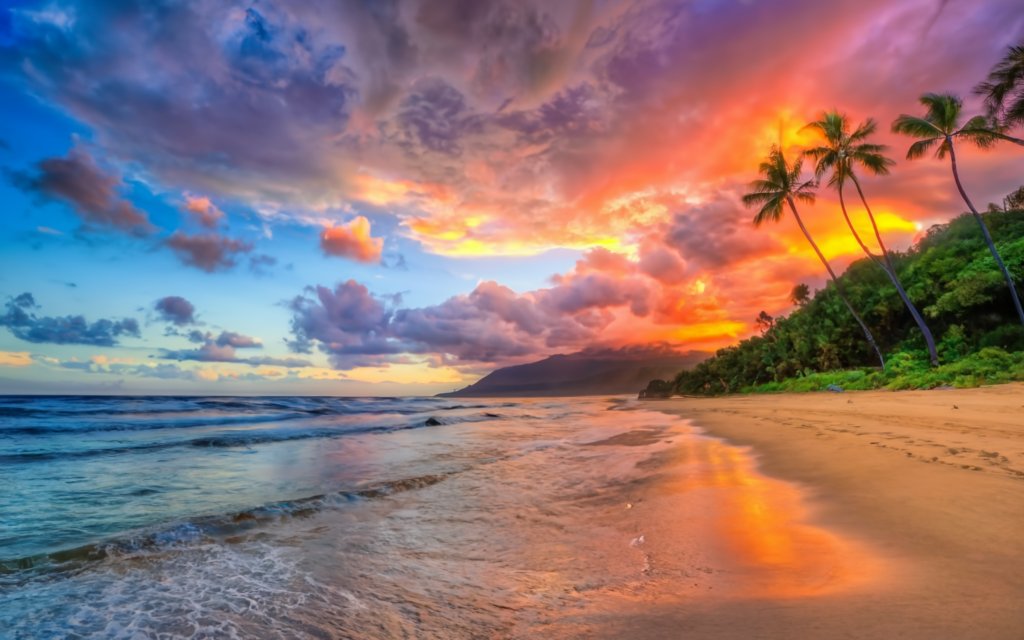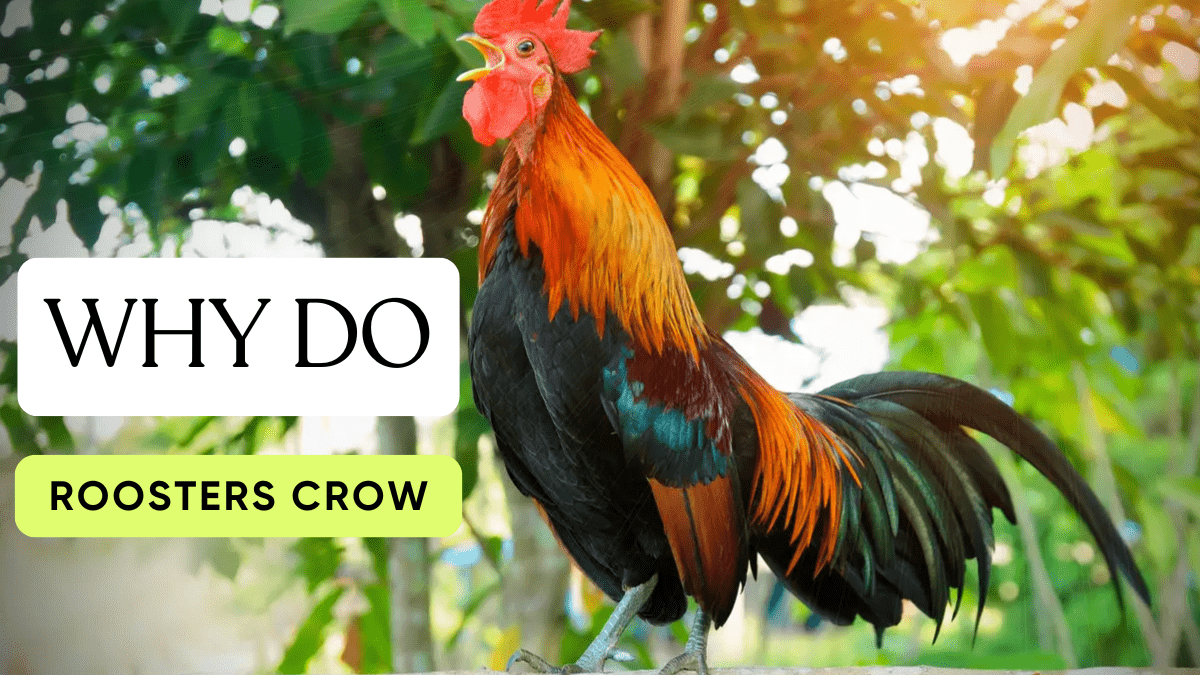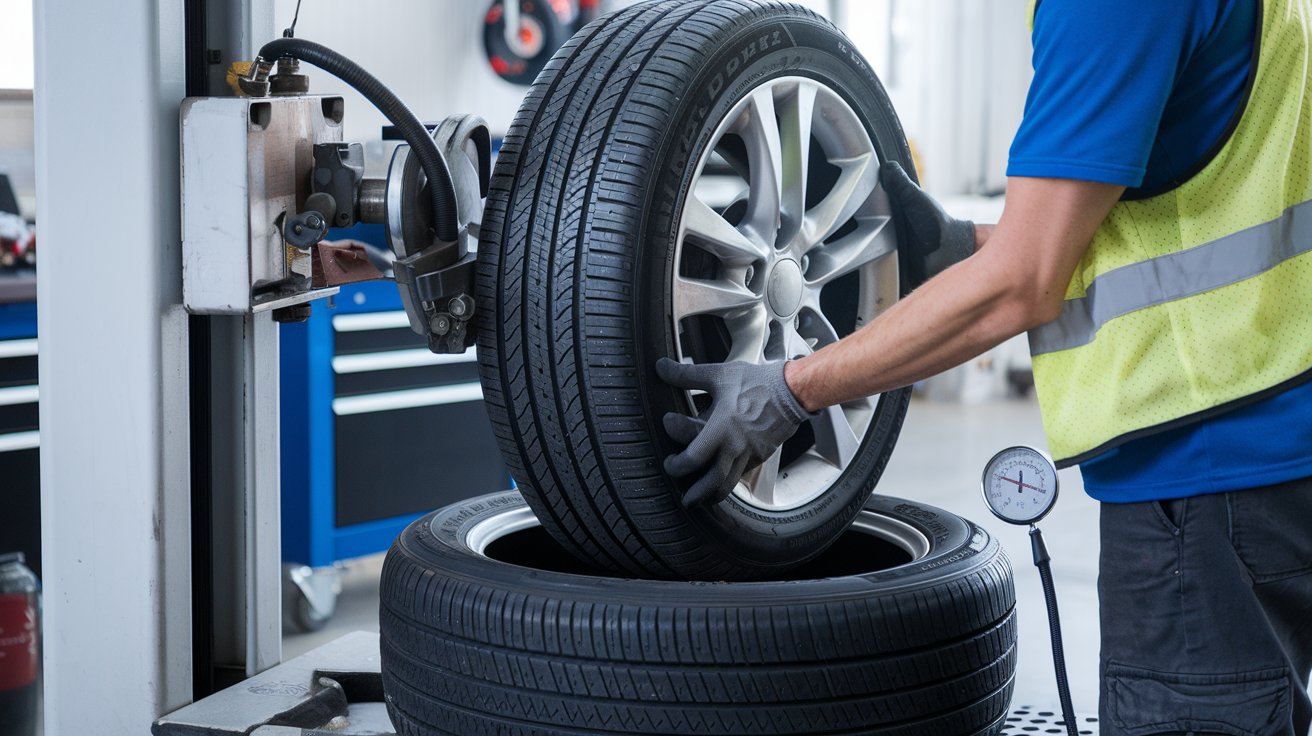Table of Contents
If you’re asking, “How much does it cost to live in Hawaii?” you’re likely dreaming of a tropical paradise. Hawaii’s natural beauty, warm climate, and laid-back lifestyle attract many. However, the cost of living in Hawaii can be surprisingly high. The expenses, from housing and groceries to utilities and transportation, add up quickly. How Much Does It Cost to Live in Hawaii? In this article, we’ll break down the actual cost of living in Hawaii, covering everything from rent to daily necessities, and help you decide if island life fits your budget.
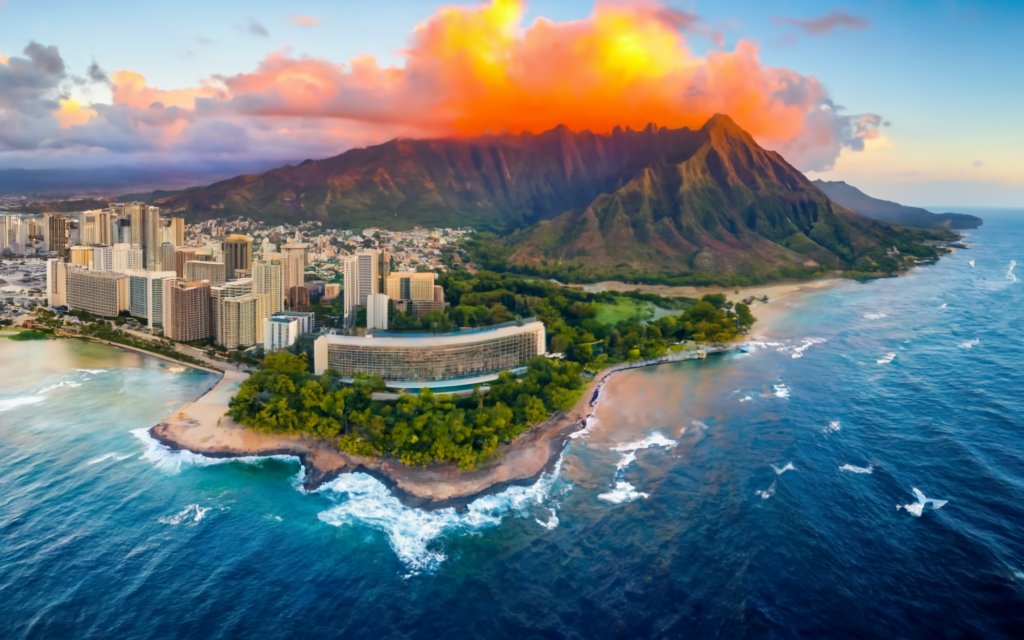
The Cost of Housing in Hawaii
How Much Does It Cost to Live in Hawaii? Housing is often the most significant expense for those living in Hawaii. Whether you’re renting or buying, the prices can be steep, especially in more popular areas.
Renting in Hawaii
Renting a home or apartment in Hawaii is significantly more expensive than the national average. The cost of renting a one-bedroom apartment in Honolulu, the capital, ranges from $1,500 to $2,500 per month. If you need more space, a two-bedroom apartment could cost anywhere from $2,000 to $3,500 or more, depending on location.
How Much Does It Cost to Live in Hawaii? Rent tends to be more expensive in urban areas like Honolulu, while smaller towns and rural areas offer more affordable options. However, even in less populated areas, rent prices remain higher than in many mainland cities.
Buying a Home in Hawaii
If you’re considering buying property in Hawaii, be prepared for high prices. The median home price in Hawaii is around $800,000, with some homes selling for well over $1 million in desirable areas. Home prices vary depending on the island, with Oahu typically being the most expensive. Buying a Big Island or Maui home may offer slightly more affordable options, but prices are still higher than the U.S. average.
Utilities and Essential Bills in Hawaii
Utilities in Hawaii can also surprise newcomers. How Much Does It Cost to Live in Hawaii? Due to the state’s remote location and reliance on imported goods, electricity, water, and internet costs are higher than in most other states.
Electricity Costs
Hawaii has some of the highest electricity rates in the country, mainly due to the need to import fuel for energy production. On average, residents pay around $300 monthly for electricity, which can vary depending on their home’s size and energy use.
Water and Sewer Bills
Water costs are generally lower than electricity costs but still higher than the national average. Expect to pay around $70 to $100 monthly for water and sewer services.
Internet and Cable
Staying connected in Hawaii isn’t cheap either. Internet and cable packages range from $60 to $150 monthly, depending on your chosen speed and provider. While some affordable internet options exist, most people pay more for high-speed services.
Also read: How Much Does It Cost to Get Your Nails Done? Discover Amazing Deals
Groceries and Food Costs in Hawaii
Another aspect to consider when asking, “How much does it cost to live in Hawaii?” is the price of groceries and eating out. Since much of Hawaii’s food is imported, prices for groceries tend to be higher than what you’d find on the mainland.
Grocery Prices
On average, groceries in Hawaii cost 30% to 50% more than on the mainland. A gallon of milk might cost around $6, while a loaf of bread can be $4 or more. Fresh produce is often expensive, with items like apples costing $3 to $4 per pound. Meat, eggs, and dairy products also come at a premium.
Many residents shop at local farmers’ markets to save money. These markets offer fresh, locally grown produce at more affordable prices. Shopping at wholesale clubs like Costco can also help reduce the cost of groceries.
Dining Out
Dining out in Hawaii can range from affordable local eateries to high-end restaurants. A casual meal at a local café might cost $10 to $15 per person, while a meal at a mid-range restaurant could set you back $30 to $50 per person. For a special night out at a more upscale establishment, expect to pay around $75 or more per person.
Transportation Costs in Hawaii
Transportation is another factor when considering the cost of living in Hawaii. How Much Does It Cost to Live in Hawaii? While you may not need to drive far, owning a car is still necessary for many residents.
Gas Prices
Gasoline in Hawaii is more expensive than on the mainland, often hovering around $4 to $5 per gallon. The good news is that you won’t drive long distances on the islands, so your overall gas consumption may be lower.
Car Insurance and Maintenance
Car insurance rates in Hawaii are relatively moderate compared to other states, with average premiums around $1,200 per year. However, the cost of maintaining your vehicle, including repairs and parts, can be higher due to the remote location and the need to import many materials.
Public Transportation
Public transportation is an option in Honolulu or another urban area. The bus system, The Bus, offers routes throughout the city, and a monthly pass costs around $70. However, public transportation options are limited outside of Honolulu, making a car essential for those living in more rural areas.
Healthcare and Insurance Costs in Hawaii
How Much Does It Cost to Live in Hawaii? Healthcare is an additional significant component of living expenses. Hawaii has a well-established healthcare system, but insurance and medical care costs can be high.
Health Insurance
Many residents receive health insurance through their employer, which helps cover some costs. If you are self-employed or unemployed, health insurance premiums can vary. How Much Does It Cost to Live in Hawaii? On average, expect to pay between $300 and $600 monthly for individual health insurance coverage.
Medical Services
Medical services, including doctor visits, dental care, and prescription medications, can be more expensive in Hawaii. Since many specialized medical services are limited, some residents may need to travel to the mainland for specific treatments, adding to the overall cost.
Education and Childcare Costs in Hawaii
For families, the cost of education and childcare is another critical consideration.
Public vs. Private Schools
Hawaii has public and private schools, with public education generally more affordable. However, many families opt for private schools, which can cost anywhere from $10,000 to $20,000 per year in tuition.
Childcare Costs
Childcare in Hawaii can be expensive. Daycare costs range from $800 to $1,500 per month, depending on the child’s age and the type of care you choose.
Entertainment and Recreation in Hawaii
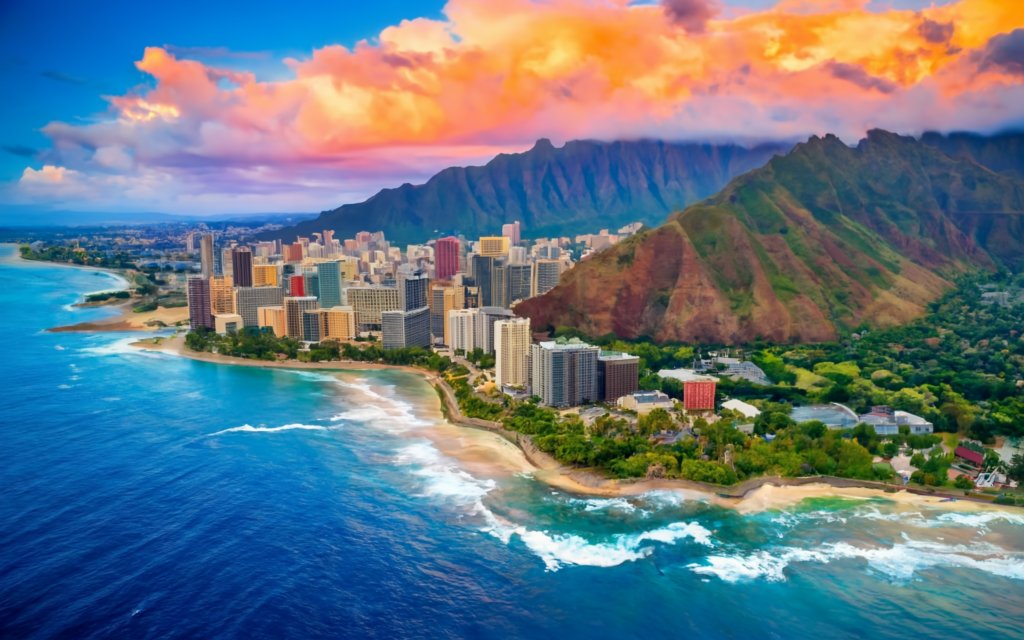
How Much Does It Cost to Live in Hawaii? While the cost of living in Hawaii can be high, the state offers plenty of free and low-cost entertainment options, thanks to its beautiful natural environment.
Outdoor Activities
Hawaii is known for its beaches, hiking trails, and scenic views. Many of these outdoor activities are accessible or very affordable. Whether surfing, snorkeling, or hiking, you can enjoy the natural beauty of Hawaii without spending a fortune.
Local Events and Festivals
Hawaii also annually hosts various cultural festivals, community events, and farmers’ markets. These events offer affordable ways to experience the local culture and connect with the community.
So, how much does it cost to live in Hawaii? The answer depends on many factors, but overall, living in paradise comes at a premium. Between high housing costs, expensive groceries, and elevated utility bills, the cost of living in Hawaii is significantly higher than on the mainland. How Much Does It Cost to Live in Hawaii? However, with careful budgeting and smart shopping, it’s possible to enjoy the beauty and lifestyle of the islands without breaking the bank.
How Much Does It Cost to Live in Hawaii? Ultimately, the cost of living in Hawaii is balanced by its incredible natural beauty, unique culture, and relaxed lifestyle; for those who can afford it, living in Hawaii offers a chance to experience life in one of the most beautiful places on earth. How Much Does It Cost to Live in Hawaii? If you’re ready to move, understanding these costs will help you prepare for island life and ensure that you can live comfortably in paradise.

